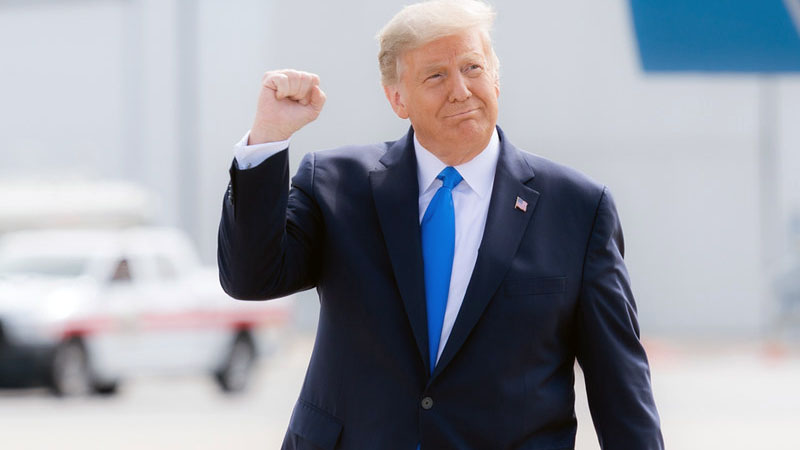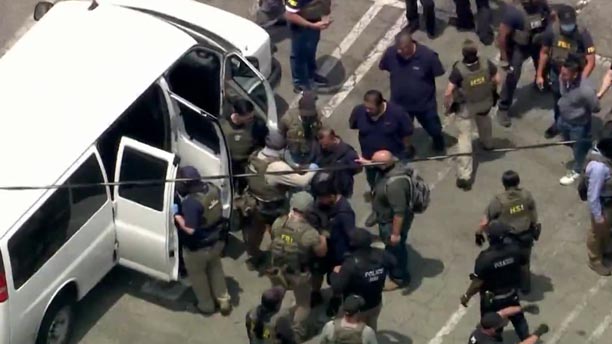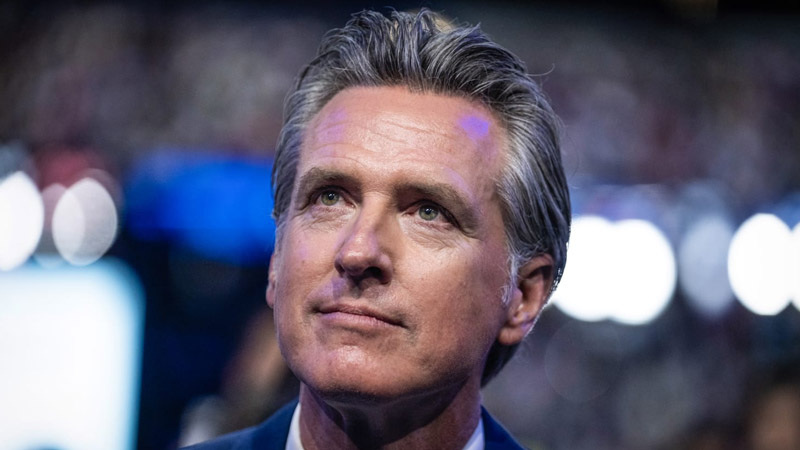Things just got a lot more intense between California and President Donald Trump. Governor Gavin Newsom says he’s taking Trump to court after the ex-president made an unprecedented move to take control of California’s National Guard—without the state’s permission.
Over the weekend, Trump ordered at least 300 National Guard troops to be deployed in Los Angeles in response to mostly peaceful protests over recent ICE raids. What makes this a big deal is that Trump didn’t go through Newsom or even wait for the governor to ask for help—he just did it. That kind of federal action hasn’t happened since 1965.
“This is exactly what Donald Trump wanted,” Newsom wrote in a social media post. “He flamed the fires and illegally acted to federalize the National Guard.” He warned this wasn’t just about California, adding, “The order he signed doesn’t just apply to CA. It will allow him to go into ANY STATE and do the same thing. We’re suing him.”

Normally, the federal government is pretty restricted from using military forces in law enforcement, thanks to a law called the Posse Comitatus Act. But there are exceptions, including a powerful tool called the Insurrection Act. Presidents have used it about 30 times in U.S. history to respond to civil unrest or violent uprisings.
But here’s the twist—Trump didn’t use the Insurrection Act this time. Instead, he leaned on something far less well-known: a law called 10 U.S.C. 12406, which allows the president to call up National Guard troops in an emergency. His reasoning? That protests interfering with federal immigration enforcement amount to a “rebellion.”
“To the extent that protests or acts of violence directly inhibit the execution of the laws, they constitute a form of rebellion against the authority of the Government of the United States,” Trump’s memo reads. It goes on to say the troops are needed to “protect ICE and other United States Government personnel” where protests are happening or are expected.

But 10 U.S.C. 12406 is a legal gray area. It says orders to National Guard units must be issued “through the governors of the States,” which raises serious questions about whether the president can do what Trump just did without the governor’s approval.
Legal experts say this move could set a dangerous precedent. “If the law is intended to grant unilateral authority to the president, then this is an odd choice of words on the part of Congress,” said Joseph Nunn from the Brennan Center for Justice. “What if the governor refuses?”
Liza Goitein, another expert from the Brennan Center, warned this isn’t just about legal technicalities. “It would be a mistake to focus too much on which statutory power is being used here,” she said. “What matters is that Trump is federalizing the Guard for the purpose of policing Americans’ protest activity. That’s dangerous for both public safety and democracy.”
This move fits a broader pattern. Since starting his second term, Trump has pushed to bring military force into domestic law enforcement. In April, he ordered his attorney general and defense secretary to look into how the military could help prevent crime inside the U.S. And on Day One of his second term, Trump declared a national emergency at the border, asking whether the Insurrection Act should be used to take “complete operational control.”
So far, that hasn’t happened. But the way things are going, California’s lawsuit could be just the start of a much bigger fight over how far a president can go when it comes to using military power at home.

